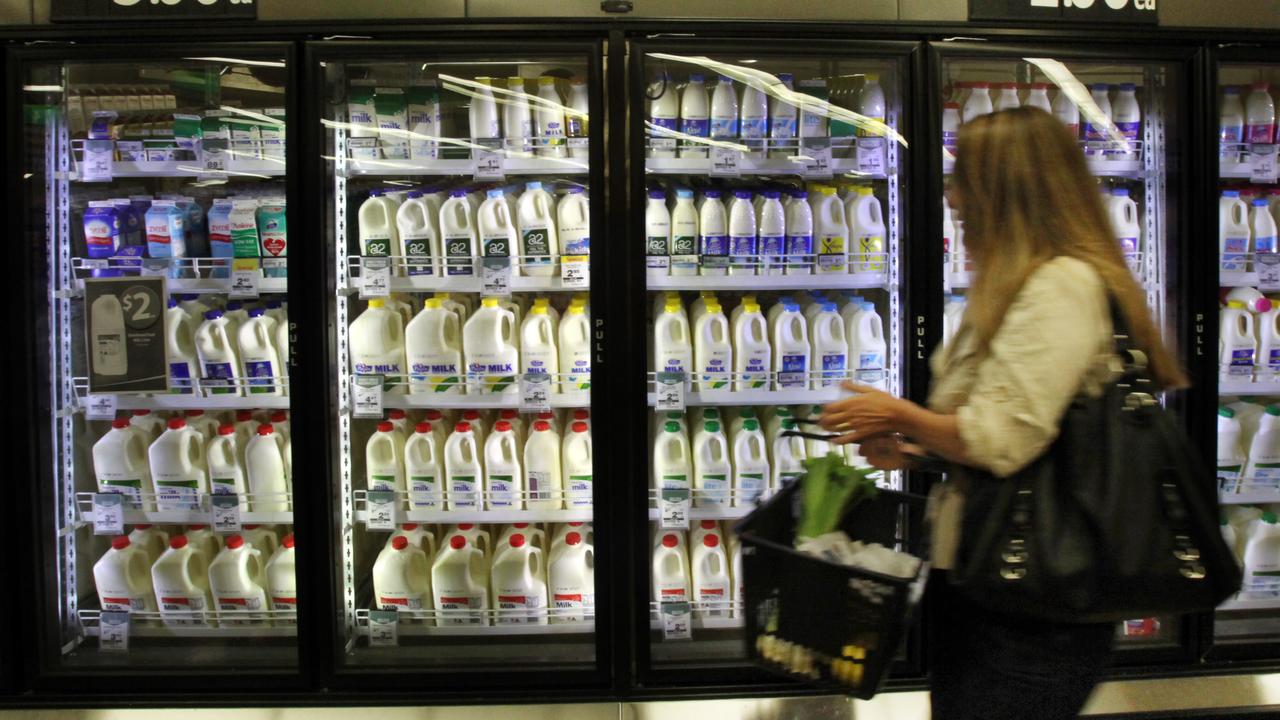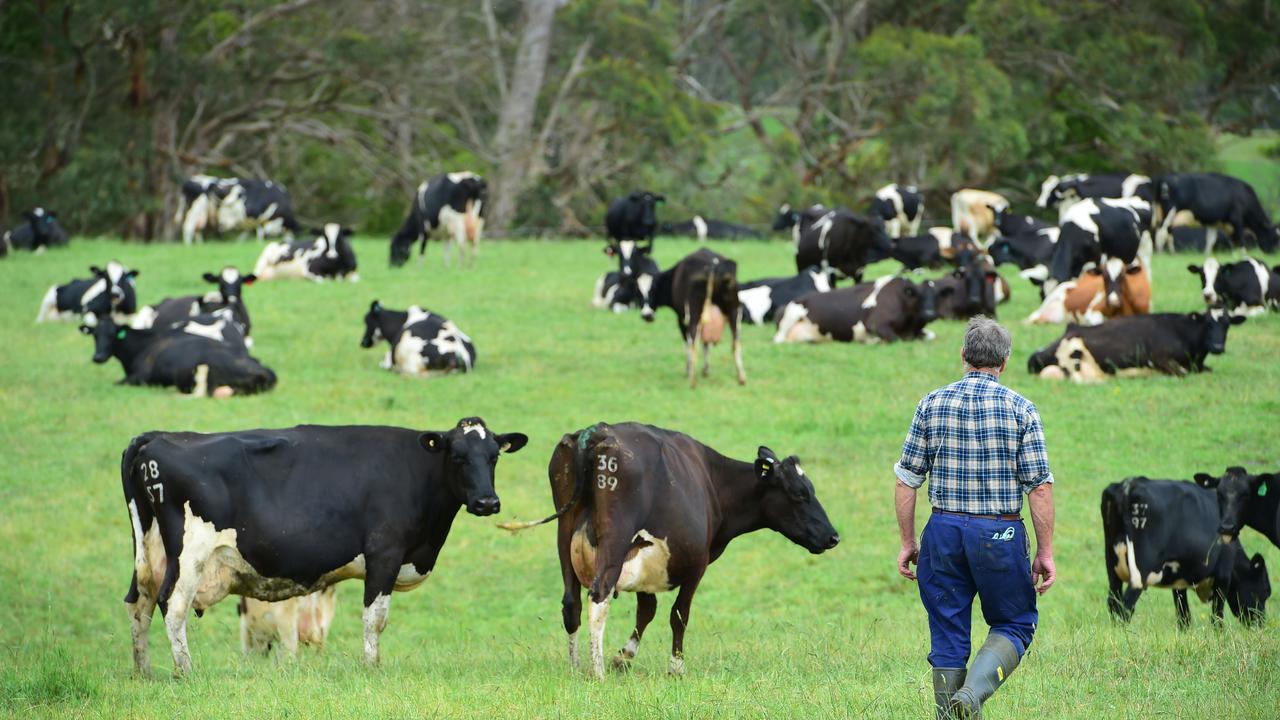Murray Darling Basin plan: Don’t risk breeding more carp
Rather than improving the health of the rivers, it appears the CEWH’s policy of setting environmental watering targets — whether it’s wet or dry — risks damaging the basin’s health, it’s observed in this EDITORIAL.
WHAT have we gained from the Commonwealth Environmental Water Holder’s release of 8.9 million megalitres into the basin’s rivers and wetlands over the past decade?
Many irrigation communities will tell you they struggle to see any gains, given they’ve been drained of 20-30 per cent of their water and wealth, leaving them with much more volatile allocation markets.
At the very least these communities deserve to know their sacrifices have led to a healthier basin.
But rather than improving the health of the rivers, it appears the CEWH’s policy of setting environmental watering targets — whether it’s wet or dry — risks damaging the basin’s health.
As the Arthur Rylah Institute’s fisheries scientists warn, frequent watering of floodplains “expand the area and extent of potential habitat for carp spawning and recruitment, heightening the risk that a carp population will increase”.
CARP IN BASIN BOOSTED BY ENVIRONMENTAL FLOWS
We need the CEWH to shift its watering strategy from pushing water from point A to B to meet pre-determined targets.
There’s a growing debate among scientists that environmental watering needs to synchronise to natural floods and wound right back during droughts.
Our native plants and animals have evolved to deal with climatic extremes.
A lack of extremes favours introduced species — such as carp. And it’s the reason the CEWH needs to avoid frequent watering of floodplains.
Let’s hope Australia’s National Carp Control Program research, due out soon, gives us the confidence to release the koi herpes virus that knocks out a sizeable chunk of the basin’s carp population.


